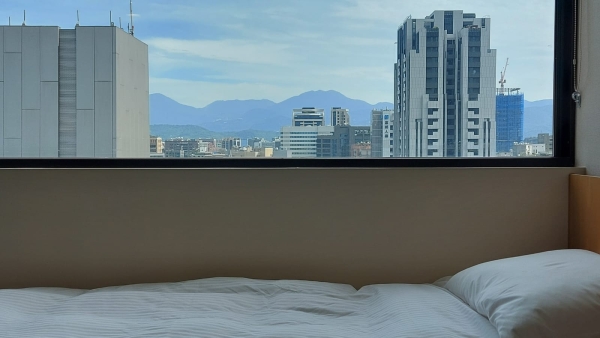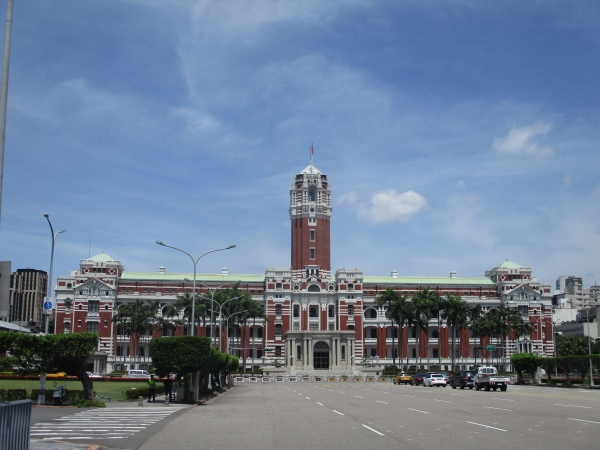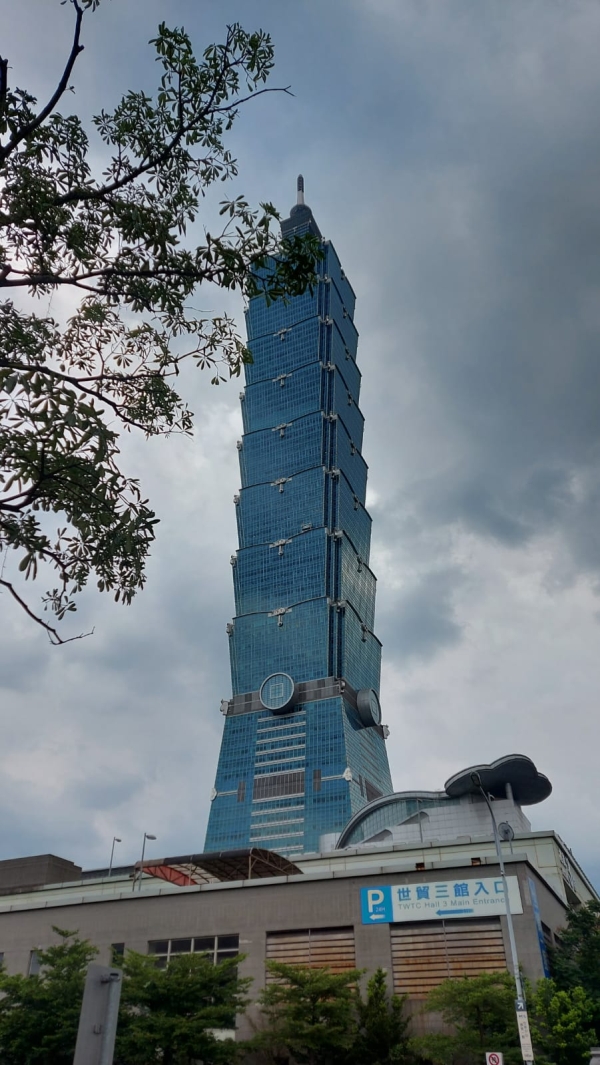Week 27, 2020
MONDAY, 29 JUNE 2020
On Saturday, 29 June 1613, the Globe Theatre in London, built by William Shakespeare’s drama company and where many of his plays had been performed, burned down.
Three hundred and sixty-one years later, on Saturday, 29 June 1974, Vice President of Argentina Isabel Perón took over from her dying husband, President Juan Perón. On the same day Mikhail Baryshnikov defected from the Soviet Union to Canada.
One year later, on Sunday, 29 June 1975, Steve Wozniak tested the first prototype of his Apple I computer.
Four years earlier, on Tuesday, 29 June 1971, one who would later type sentences was born.
TUESDAY, 30 JUNE 2020
Educational video of the day: “How Anti-Racism Hurts Black People” – John McWhorter (Professor of English, Columbia University)
Notes:
• There are cases of police killings of black people by police, but there are very similar incidents involving white people. The cases involving black victims make national news. The cases involving white victims mostly don’t.
• We are told of “quiet biases” of cops that lead to them killing black people but that has not held up to scrutiny.
• What is the issue? Why would I say anti-racism is a problem? The debate is not about racism. Of course you don’t want to be a racist. Racism is bad – we all know that. But one of the more complex issues is that anti-racism as currently configured has gone a long way from what would be considered an intelligent and sincere civil rights activism. Today it’s a religion. It’s what any anthropologist would recognise as a faith.
• Examples: The responsible white person is supposed to attest to their “white privilege” and realise it can never go away, and feel eternally guilty about it – that’s Original Sin. The idea that there could be a day when America comes to terms with race – corresponds with the idea of Judgement Day. When we use the term “problematic”, what we really mean is blasphemous.
• The suspension of disbelief is a characteristic of religious faith. There’s an extent to which logic is considered no longer to apply – that’s how we talk about racism.
• Why do we focus on the occasional rogue cop who kills a black man when that black man is in much more danger of being killed in his own neighbourhood by another black man?
• If you ask about it – well, you’re not supposed to; eyes roll; you’re given an answer that doesn’t completely make sense, and there’s an etiquette that you’re supposed to stop there.
• It’s like certain questions you gently ask a priest. You know if you don’t get a real answer you’re supposed to just move on. That is the way racism is treated these days.
• Some would argue that it is a better religion that many others. It does some good things, but it does some bad things, too. For example, if you’re a good anti-racist you think about the cops killing black men, but you’re not supposed to think about so much more murder that happens to men like that in their own neighbourhoods. You’re supposed to think it may be connected to racism in some abstract way, but you’re not supposed to think about it as homicides where black teenage boys kill one another in their hundreds over nothing. That is somehow less important that what the occasional rogue cop does. That is modern anti-racism.
• To be an anti-racist is to pay attention to the idea that universities must foster diversity. Often, this diversity is fostered as a result of creating a different evaluation system for black and often Latino students in terms of grades and test scores. There are various studies that show this is often not a positive thing. One paper showed, contrary to the expectations of its authors, when students are mismatched to a university, the experience discourages them from pursuing PHDs. People are told to ignore such studies.
• Whites are expected to undergo some massive psychological revolution before any kind of black success can occur beyond the current degree. Why is somebody talking about their white privilege important when we’re talking about making black schools better? Why is it important for Black Lives Matter activists to probe Hillary Clinton’s heart as opposed to thinking about what policy she will take in terms of criminal sentencing or housing policy or on-the-ground sorts of things that we ought to be thinking about if we want to help black people?
• There are some good things about anti-racism but there are just as many things that are wrong that hold us back from helping black people who need help.
• We’re taught to think of certain things rather than other things. In particular, we’re taught to think less about the real work of helping people who need help on the ground through socio-political action. Instead, we end up thinking about inner psychology. We end up thinking about what is problematic. All of these things are ultimately idle.
• Anti-racism as currently configured – not anti-racism in itself but modern anti-racism – turns a blind eye to most black homicide. Anti-racism as currently configured turns a blind eye to black young people’s upward mobility. It turns a blind eye to doing the kinds of things that Civil Rights leaders fifty years ago considered ordinary in favour of what is ultimately an inwardly focused quest for moral absolution that has at best a diagonal relationship to helping people who’ve been left behind.
• The issue is not whether racism exists. We know it does. The issue is whether modern anti-racism is the best way of combating the effects of that racism. It isn’t.
WEDNESDAY, 1 JULY 2020
A few things have become clear in the last few weeks:
1. You don’t have to submit to, or be a follower of, Black Lives Matter (BLM) to be antiracist. BLM is a political organisation. They are not the first political organisation to claim they are working against racism, and they are certainly not the only one. Although you may agree with some of their policies, they have other policies that many of the people and companies who so eagerly salute them now may not be so keen on if they were better informed.
2. BLM and the Social Justice movement are not the only way to fight bigotry and racism. Liberalism (“a political and moral philosophy based on liberty, consent of the governed and equality before the law”), libertarianism (“maximum political freedom and autonomy, with an emphasis on individualism, freedom of choice and voluntary association”), and Christian ethics that holds the dignity of all human beings as sacred, with a focus on love and compassion for fellow human beings, are all examples of alternative options to fight against racism and racial oppression.
3. Critical Theory and Critical Race Theory, the ideological foundation of the broad Social Justice movement has become a belief system, with belief required in concepts like “white fragility”, “white privilege”, “systemic racism”, “implicit bias”, and “whiteness”. Question any of these concepts, and you might find yourself being accused of racism. In many businesses across America, employees are currently expected to attend workshops where they have to mouth obeisance to this ideology. What would be the response if the CEO of any company converts to Evangelical Christianity and suddenly expected all his employees to learn and accept the basic tenets of his new faith? What would be the response if the CEO converts to Wahhabi Islam and employees are greeted with prayer mats on Monday morning, and women are told they need not come back to work the next day? If employees being told to accept any other belief system at the risk of being fired is totally unacceptable, why should it be okay to request their acceptance of Woke Belief? It is against the law – and should be – in all secular democracies. It is also immoral, illiberal, and authoritarian.
THURSDAY, 2 JULY 2020
In the Shilin District of Taipei lie the estate and residence of the former President of the Republic of China, Chiang Kai-shek and his wife Soong Mei-Ling (or Madame Chiang).

During the Japanese colonial era, the area housed the Shilin Horticultural Experimental Station. After the Nationalists lost the Chinese Civil War, the station was requisitioned by the government to create a home for the Chiangs. Especially in the early days of the Chinese Republic of Taiwan, the estate was militarised like a fort, and public access was strictly forbidden.
Guests between 1950 and 1976, when Chiang died, included US President Dwight D. Eisenhower, US Secretary of State John Foster Dulles, and later President Ronald Reagan, then Governor of California.
The estate, with Chinese and Western-style gardens, was opened to the public in 1996. A few years later, an agreement was reached on the opening of the residence, after Madame Chiang, then already in her late nineties and living in New York, initially opposed the idea.
And there, under a tree, in the garden of a former dictator, I’m going to eat a sandwich on Saturday afternoon, drink tea, and read my book.

FRIDAY, 3 JULY 2020
Some pictures of our visit to Taipei …





______________________